Netflix’s ‘Tokyo Override’ dives into a futuristic Tokyo, Japan, governed by vast swathes of AI programs running the show from top to bottom. Kai, a gifted teenage hacker, falls prey to the city’s weird digitized society after she is caught up in a drug-related offense not of her making. However, she finds a way out after a group of motorcycle riders help her alight upon a new purpose: making deliveries across the city and helping ordinary people out of a hole. By the end, this delicate balance is threatened as the group realizes that a traitor has been lurking amongst them, spinning them on a dangerous path of self-destruction. To make matters worse, they have to contend with the persistent efforts of a NARC agent, Kageyama, who is hell-bent on capturing the group and bringing them to justice. SPOILERS AHEAD.
Tokyo Override Season 1 Plot Recap
Years into the future, the landscape of Tokyo has been transformed by the advancement of AI technology that has helped build a slick and smooth infrastructure governing every aspect of people’s lives, from transport and office spaces to the intimate surroundings of their households. The city has been divided into specific districts cordoned off from one another by utilizing a cutting-edge technology known as the Wall. Crossing the Wall is a difficult task, forcing people to live in their assigned areas forever. These sections have been segregated based on social status and wealth. The show’s protagonist, Kai, resides in the West district, at the topmost bracket of Tokyo’s boroughs, where only the privileged can live.
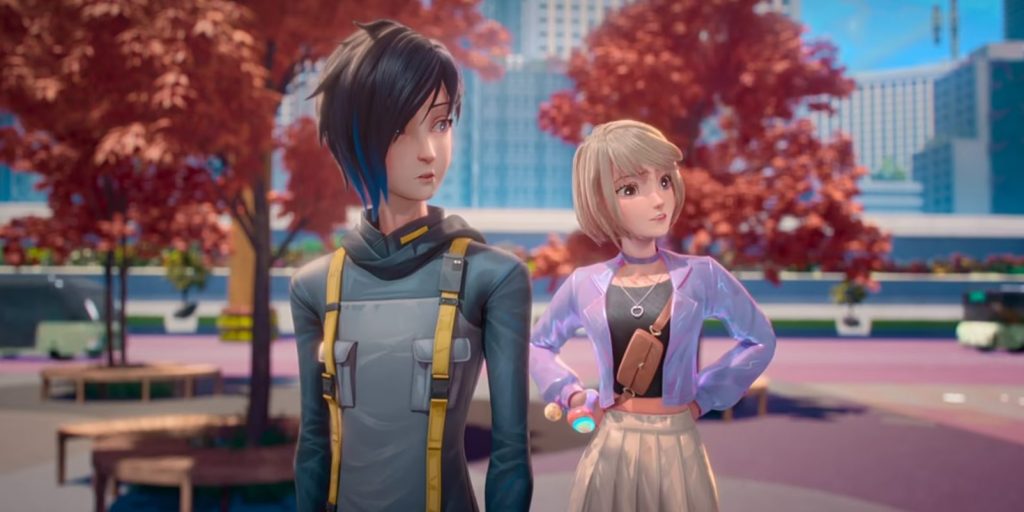
One day, Kai’s close friend, Ayumi, pleads with her to procure the drug known as Highway from the Mid district. Because the young girl sports a gifted hacking ability, she can break in and out of tricky corners in this highly regulated digital world. Although Kai is reluctant, she decides to help Ayumi as she is the only one who treats the former like a close friend and someone worth being around. However, the whole exercise proves to be life-threatening when Kai gets caught by the NARC agents led by the persistent chief, Kageyama, AKA Lizard. She manages to flee their clutches using her hacking abilities but runs into a gang of mercenaries who are motorcycle delivery people for hire. They take her along with them and introduce her to the underbelly of Tokyo’s criminal enterprise.
During their introduction, Kai learns that the group, who are known as the Suma Garage gang, is looking to help transport a group of tagless kids to a safe haven. Being tagless means having no social standing or identity in this digital world. Kai accompanies them on their mission and befriends one tagless kid. The group secures the delivery properly, albeit running into some opposition because of a hiccup while crossing the Wall. Soon after, they discover that the tagless kid who Kai grew close with is killed, and Kageyama recovers his dead body. The group begins to think that Kageyama is at the bottom of the whole mystery, especially as their benefactor, the Digital Ministry official Ieuji, tells them so. However, the more they dig into the mystery, the more inconsistencies rise up.
Tokyo Override Season 1 Ending: Who is the Traitor Guiding the Gang?
Initially, Kai and the rest of the Suma Garage members believe that the person responsible for the death of the tagless kids in and around Tokyo is none other than Kageyama, the NARC agent hunting down the former. However, as the story progresses, a series of conflicting reports challenge that viewpoint, especially as Kageyama himself is not doing so well. In fact, his group of NARC officers is going out of fashion because of their old-school analog methods, which run contrary to modern techniques. Eventually, Kageyama’s innocence comes to light when the Suma Garage gang has an honest discussion with him at the hospital following the busted drug deal event where he injures Hugo badly. In truth, both the detective and Suma Garage people are being manipulated by Ieuji, the Digital Ministry supervisor.
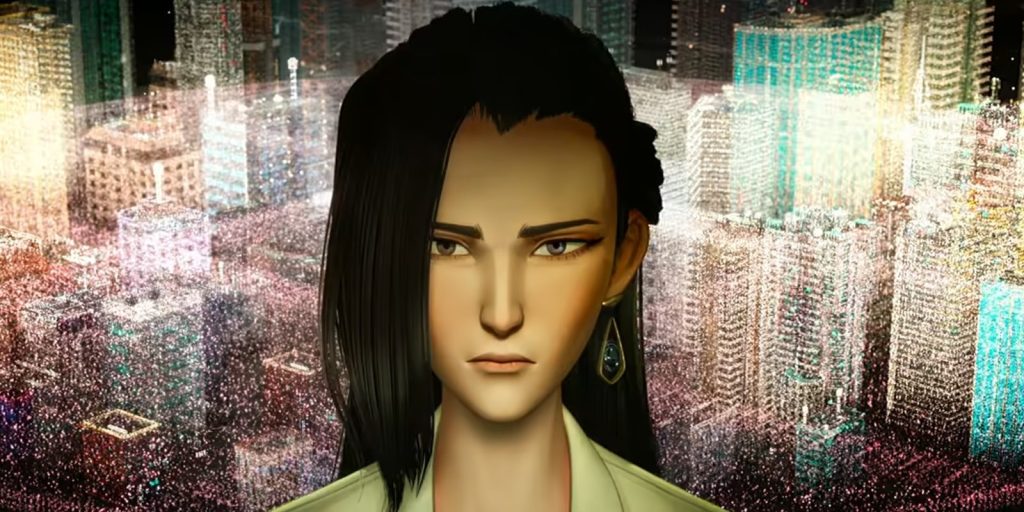
As it turns out, the Suma Garage gang has been duped into believing that Ieuji is a trusted Digital Ministry member on the side of the ordinary people. It is a ploy on her part to deceive the group of motorcycle riders and to use them for her needs, which are more insidious and involve a catalog of deep-state criminal conspiracies. She is collecting a number of tagless kids from in and around the city and country and using them as guinea pigs to optimize the already existent AI technology, surveilling and monitoring people everywhere. These kids are often killed as a consequence of her decisions, which she justifies through the idea that it is bettering the city’s system. She has created a network of criminal operations, conducting business with drug cartels, triads, hackers, and other seedy enterprises.
Again, Ieuji reasons that dipping her and the Digital Ministry’s hands into the criminal underworld makes it easier to regulate the random parts of society and bring unflinching order into the system. Her methods are extreme and often backed by her supervisor and the head of the Digital Ministry, Mayekuri. She does not care at all for either the Suma Garage people, whom she purports to be emotionally invested in, and neither does she care about Kageyama, whose NARC department is slowly becoming obsolete of its own accord. Therefore, she plays both sides into believing she is helping them when, in fact, she uses them to fit her requirements and deliver what she needs to create a more authoritarian digital system that reigns supreme over Tokyo.
Do Kageyama and the Suma Garage Gang Reconcile?
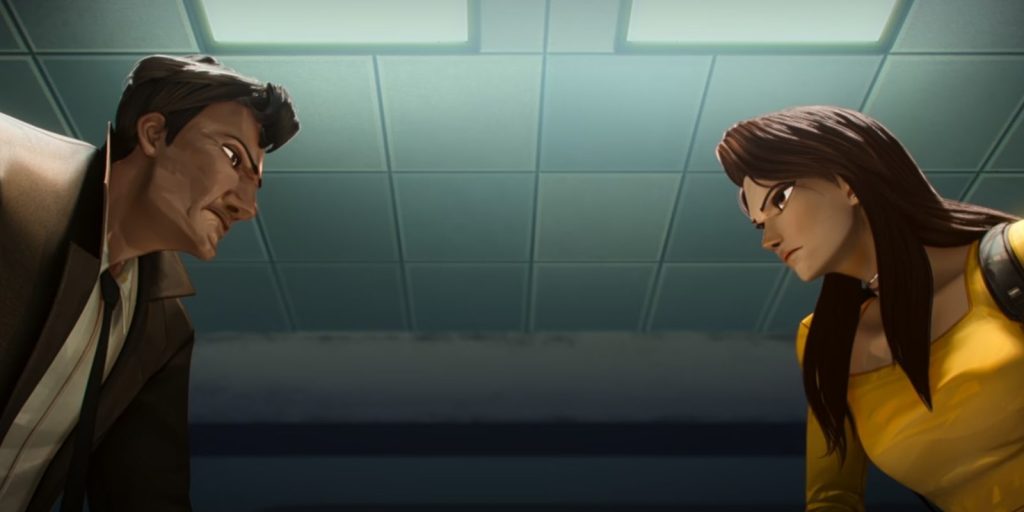
After discovering Ieuji’s betrayal and revealing her real identity, the Suma Garage members and Kageyama come to a form of understanding with one another. Despite being at each other’s throats for large chunks of the narrative, they realize that they have been pouring their efforts and targeting the wrong people in their crusade. Thus, they combine their forces to evade Ieuji’s grasp and then subsequently plan a way to bring her down however they can. To do so, they first escape the hospital together, picking a destination outside the city, as it falls beyond the jurisdiction of Ieuji. On their way, the group finally clears the air about their misunderstandings and realizes that they need each other. They also grow to respect the prowess displayed by the opposite side.
Interestingly, even Hugo does not bat an eye at Kageyama’s inclusion within the group despite the latter badly injuring him during the concert event. In fact, cooperation turns out to be pivotal as Hugo reveals a delivery record notebook he managed to procure while investigating one of the people affected by Kageyama’s crusade. The ledger details a record of inconsistencies by the Wall, which Ieuji manually operates. The group and Kageyama believe that if they can release the information to the public, it could mean the downfall of Ieuji and a stark revelation of the sinister practices undertaken by the Digital Ministry. Thus, the teaming-up effort proves to be hugely beneficial and a necessary arrangement that leads the group towards a potential solution rather than being at each other’s throats.
How Does Kai Stop Ieuji? What Does She Do After?
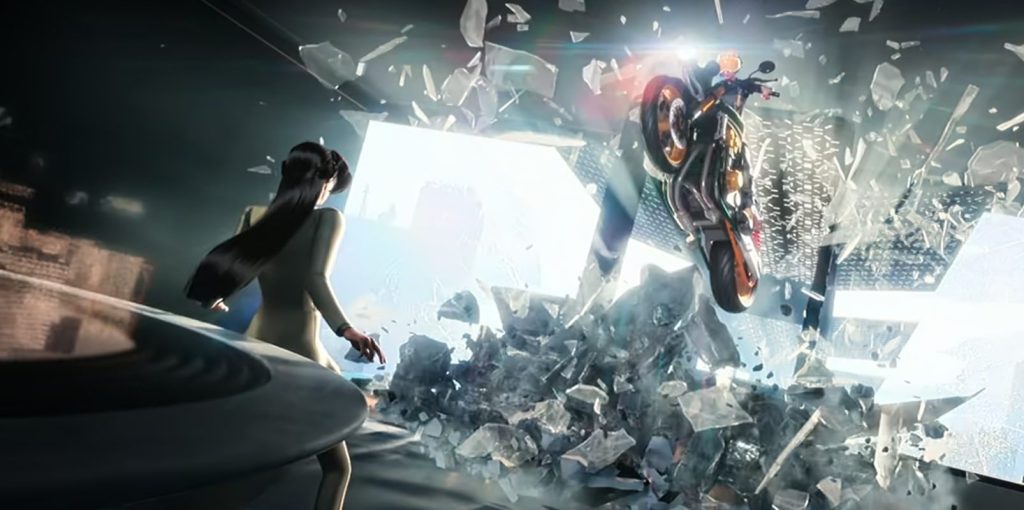
Once the group learns what must be done to bring Ieuji down, they construct a plan to break into the city once again and gather more data to reveal the dangers of the Insight program, the name given to the AI surveillance and optimization program run by Ieuji. Kai and Hugo take on the challenge of delivering the secret ledger, while Spoke and Watari gather more data to substantiate the claims against Ieuji even further. However, complications arise after the desperate villainess uses an invasive method to manipulate the network of roads that Kai and Hugo are traveling on. This results in an accident in which Hugo is injured even more. Subsequently, Kai takes on the responsibility of delivering the record herself.
Although Ieuji is irritated by Kai’s stubbornness, she attempts to use the same invasive method to stop her. However, it proves futile as an inspired Kai starts unleashing her vastly superior hacking skills to bypass the system, allowing her to be “free” from its influence. She constructs a road of her own, which delivers her straight into the Digital Ministry’s headquarters, while Ieuji can do nothing but watch in frustration. Not long after, Kai heroically breaks into Ieuji’s office and uploads all the collected data onto the digital servers. Meanwhile, a disoriented Ieuji tries her best to stop Kai but is practically useless. The whole Insight program is brought to its knees, and a few days later, Ieuji is forced to leave Tokyo, having escaped arrest but not failure.
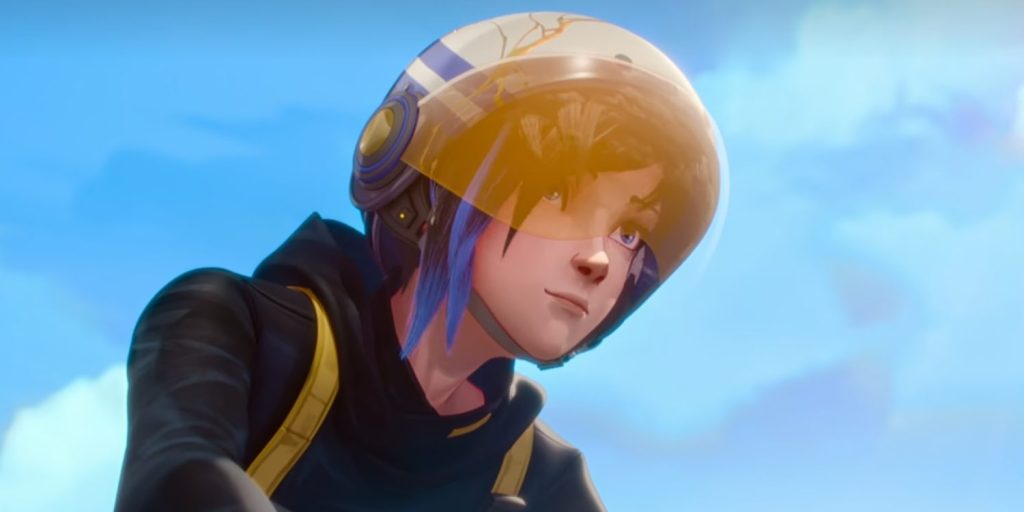
At the end of the story, an enthusiastic Kai is shown to be happy with her life as a member of the Suma Garage group. With Ieuji gone and the Insight program having been pared back for the most part, the city is slightly different but still has its social trappings. Therefore, Kai’s work as a delivery person is still ongoing and is only getting started. She has always had an air of freedom and rebelliousness in her blood, making her perfect for the job and the new lifestyle. Also, in a heavily digital world, her hacking abilities make her one of the few people who genuinely have an element of free will in her choices, something others also pick up on throughout the story. She will likely do whatever she wants in the future, especially if it leads to helping more people.
Read More: Best Adult Anime on Crunchyroll

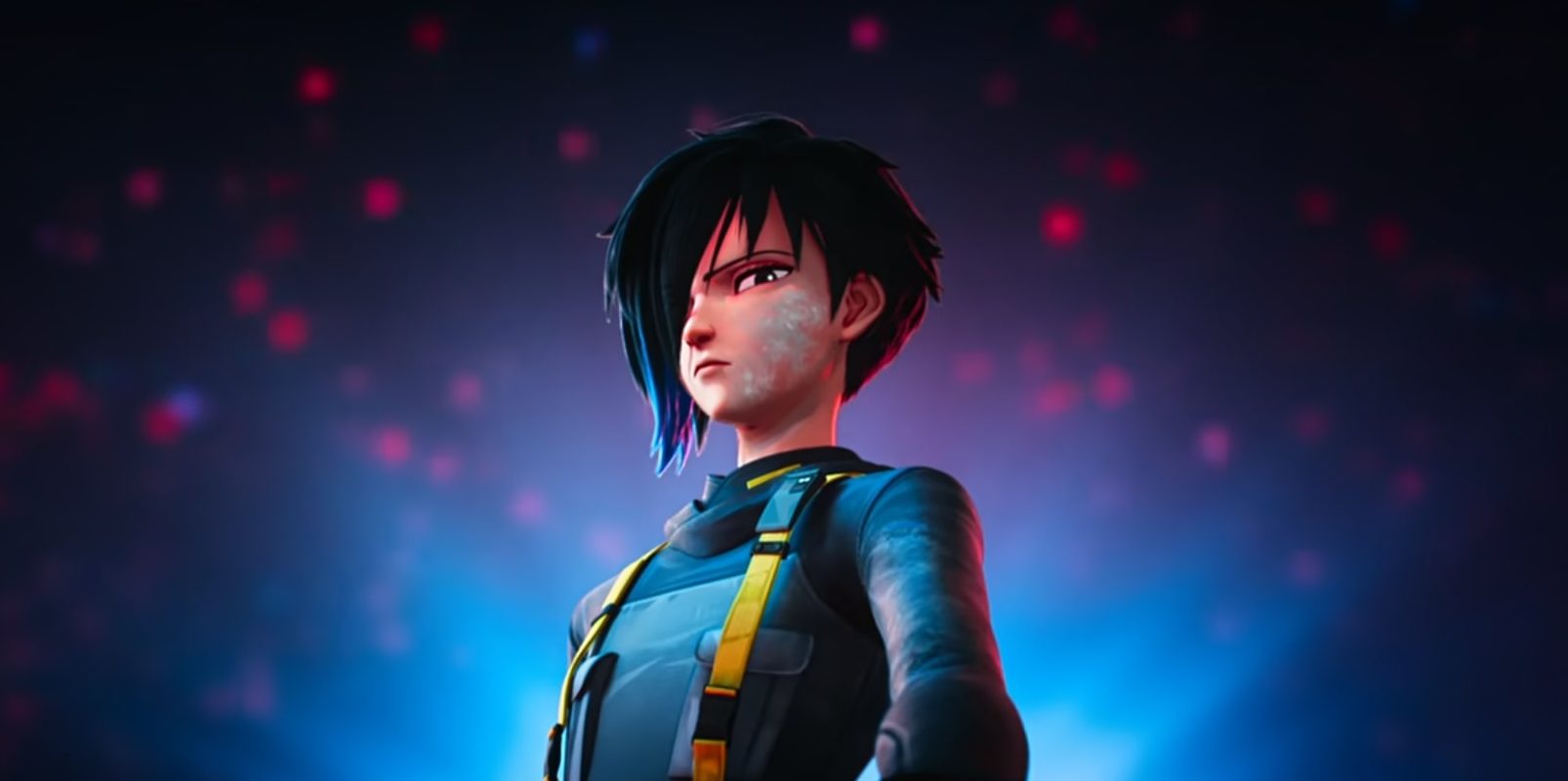
You must be logged in to post a comment.